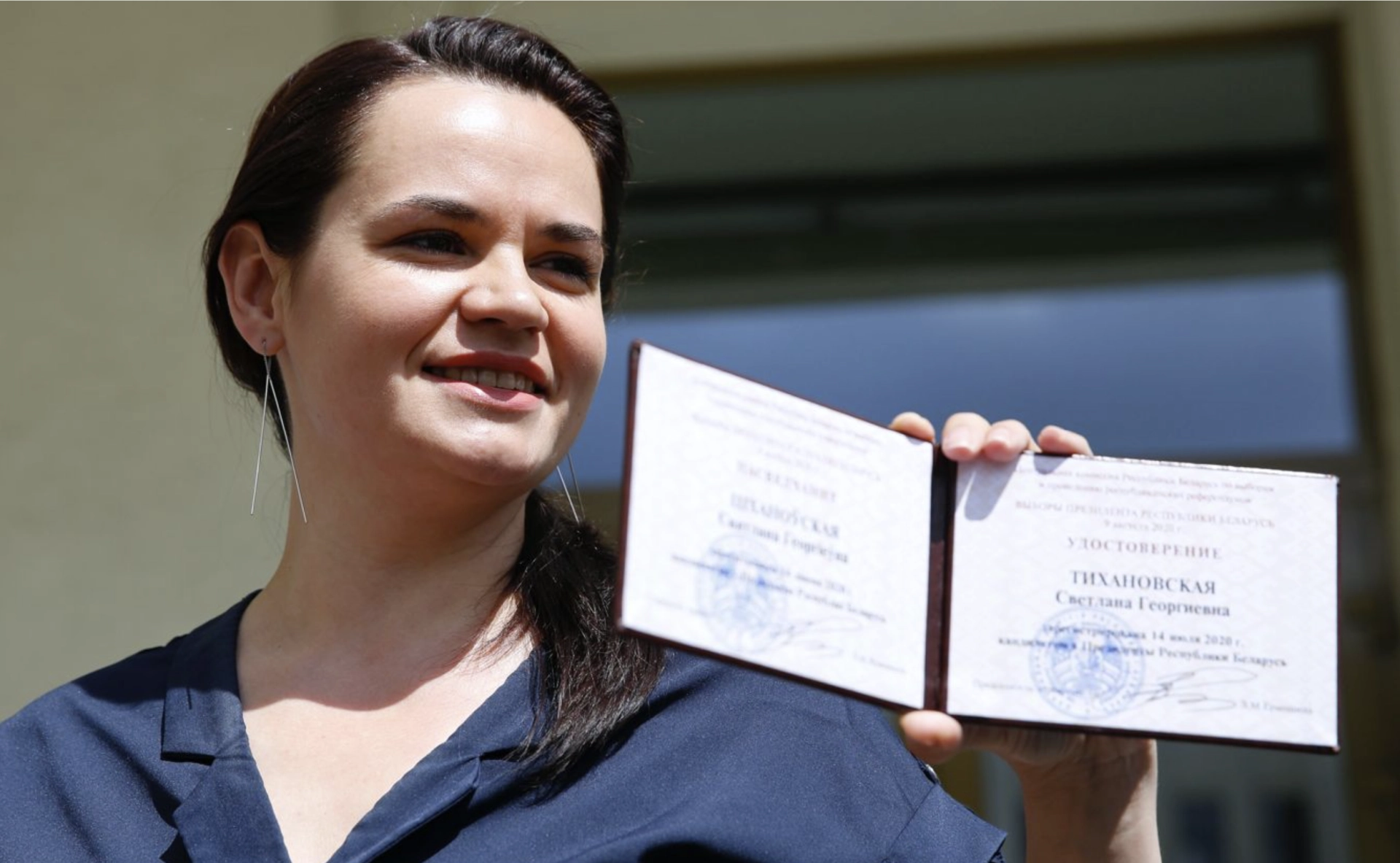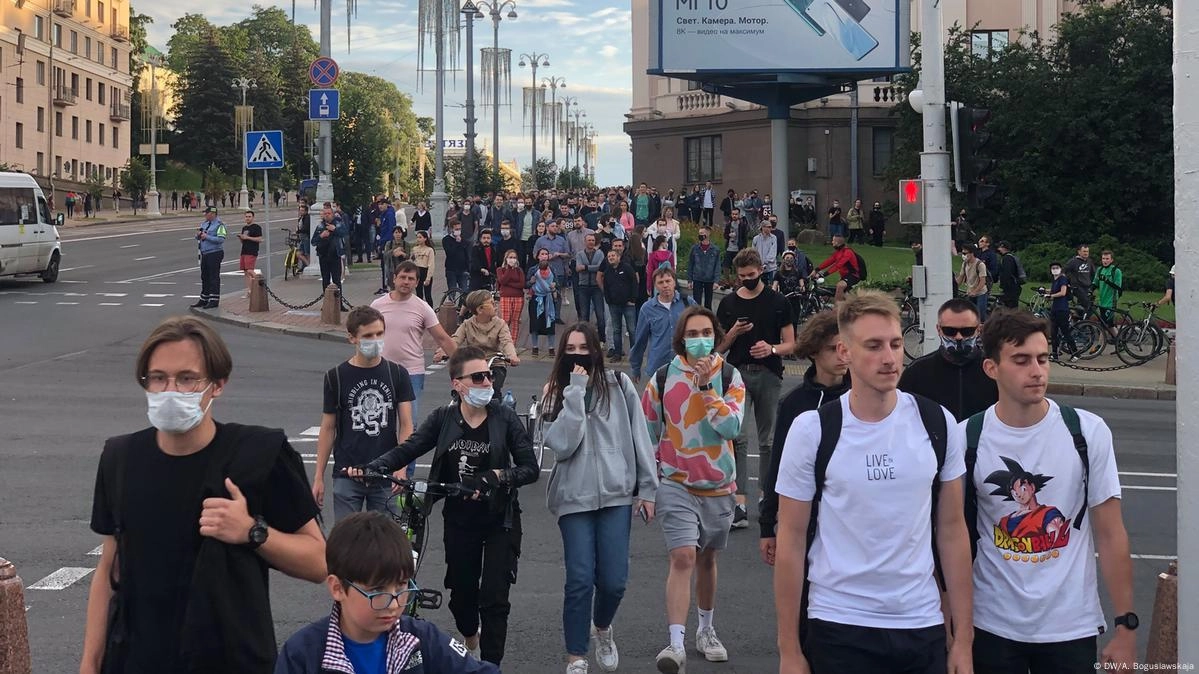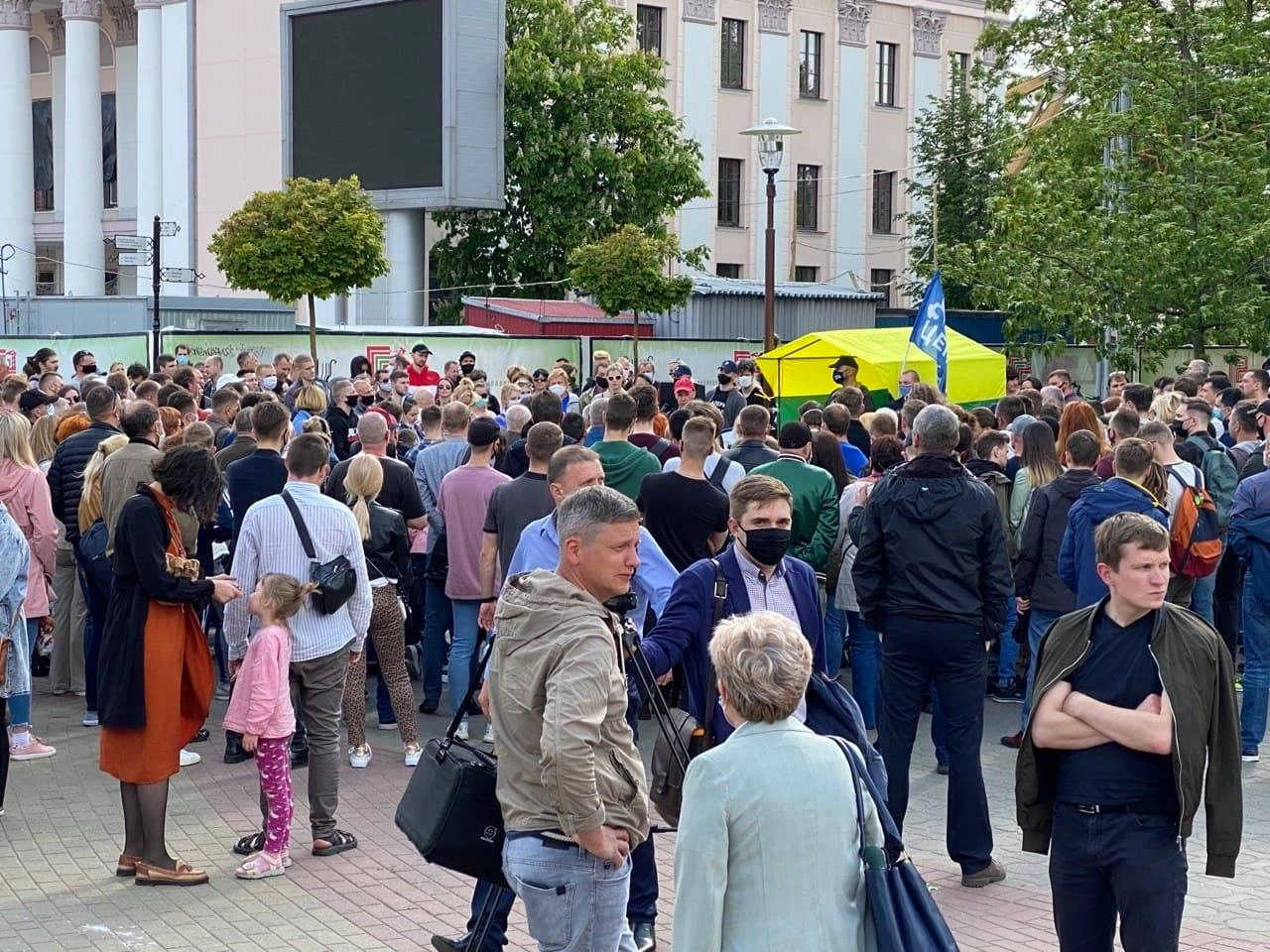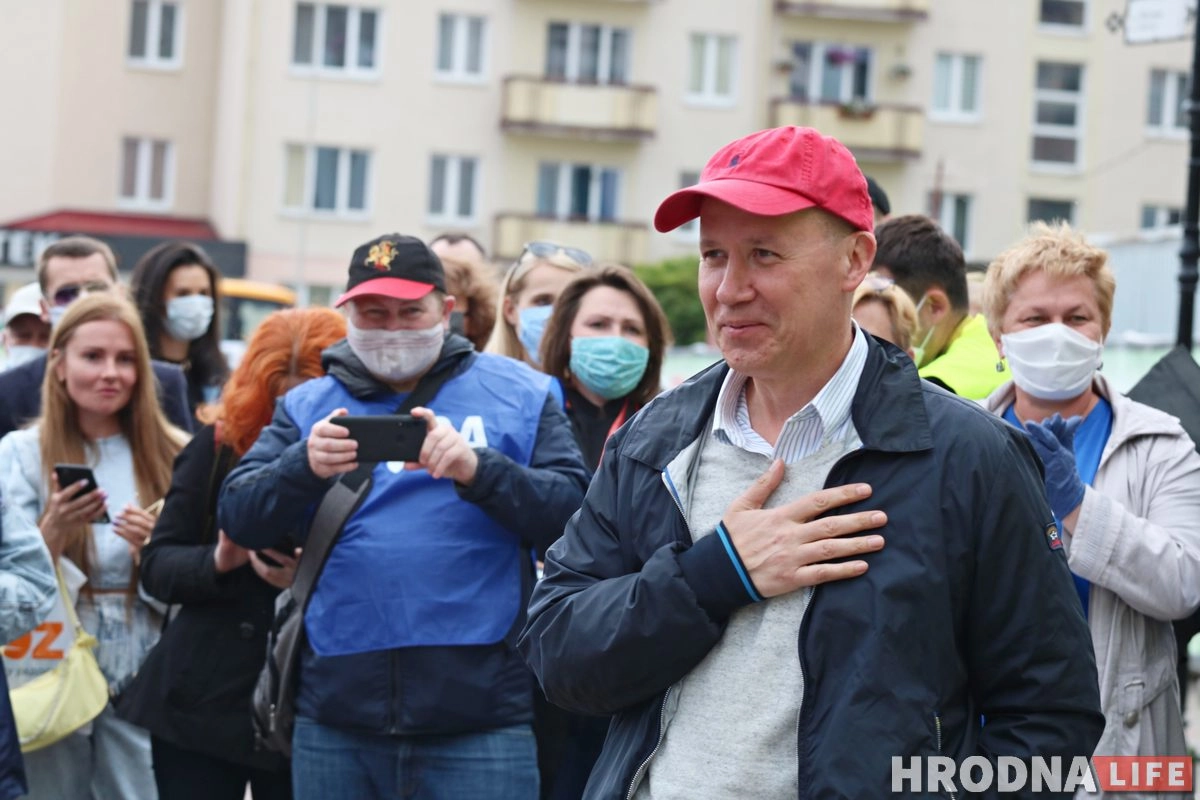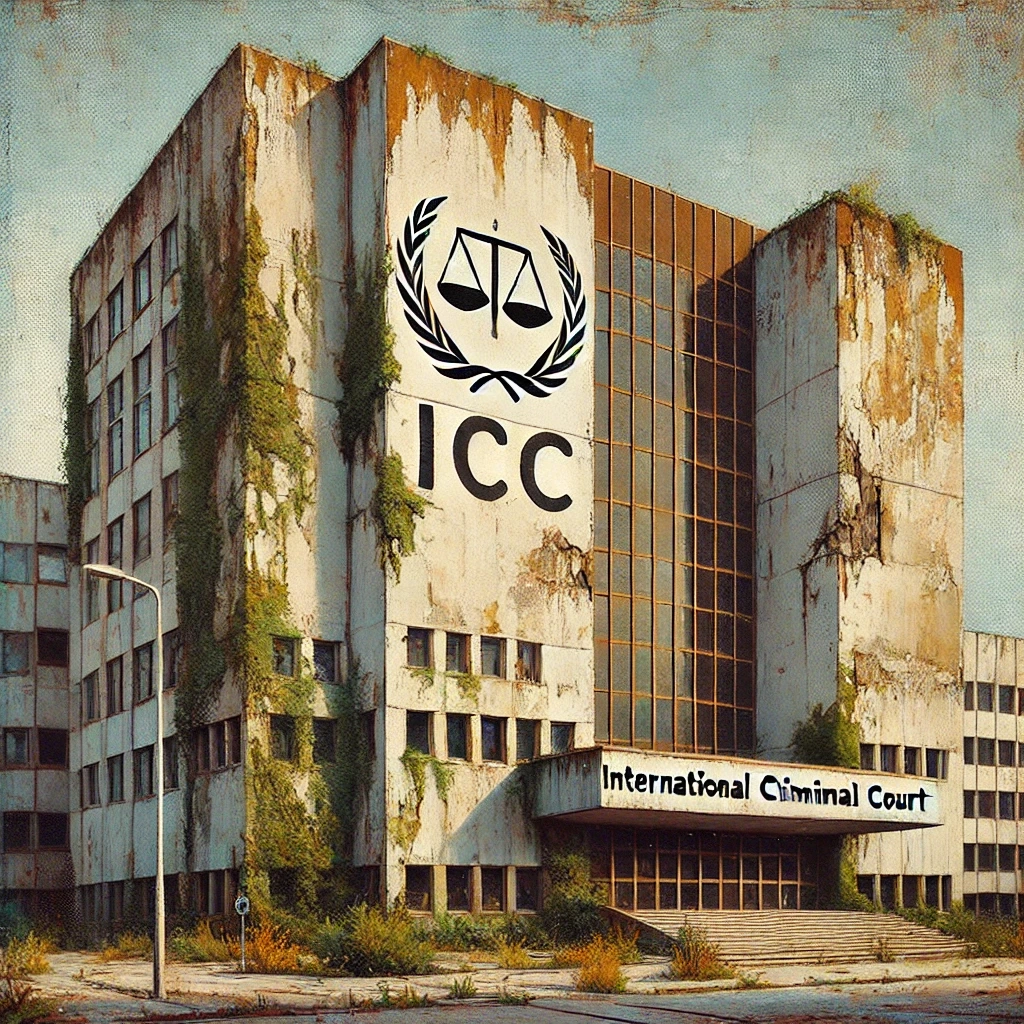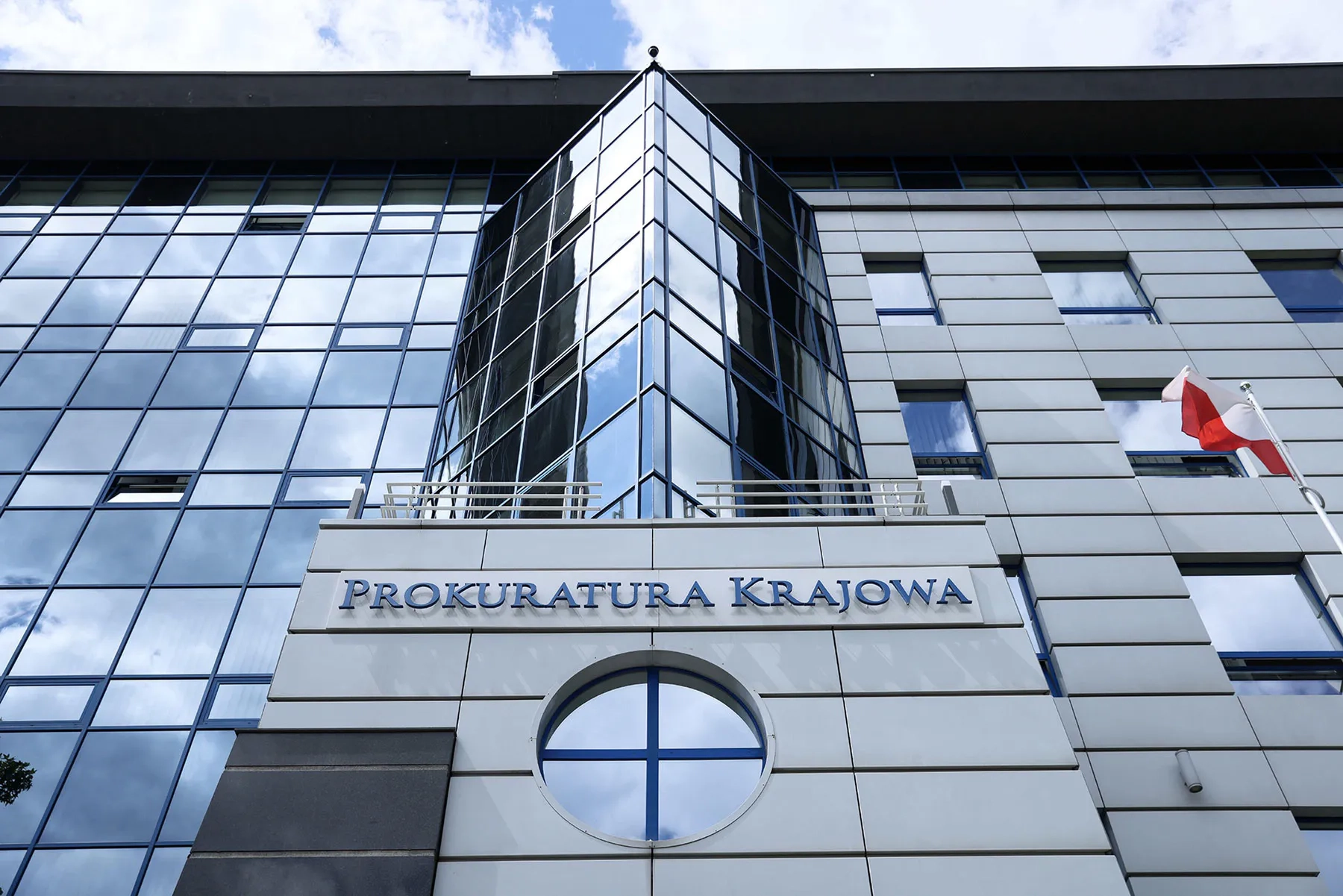I have a friend in Grodno — Viktor Fyodorov. Originally from Kislovodsk, Russia, he once came to Belarus to start a shoe manufacturing business with a local partner, using the facilities of the former "Trud" factory. He married a Belarusian woman, and together they had two children.
In the beginning, business went well. But the market soon changed. China, with its high-speed factory production and aggressive pricing, pushed many competitors out of the global market — and the Belarusian shoe industry was no exception.
Viktor and his partner had to shut down their production and shift focus to repairs. They opened a dozen workshops across the city. To their surprise, this new venture proved highly successful. For many people, worn-in, well-fitted shoes were far more comfortable than new ones, which often cause blisters and take time to break in.
But our conversation is not about shoes.
Viktor and his wife, Svetlana, have a daughter — Nadya. She was born with a congenital heart defect. From the very beginning, doctors made no promises: it was unlikely she would live to see adulthood. Viktor often told me in despair, "I would give my own heart if only my daughter could live..." Yet the only real and tangible hope for her survival was surgery.
There are thousands of children in Belarus diagnosed with similar conditions. Not long ago, most of them were simply doomed. I had seen the grim statistics even before Viktor confided in me about Nadya.
While working in Washington, I encountered a similar story. Alexander Khmurets, the former cultural adviser at the Belarusian Embassy, had once served as an aide to Prime Minister Sergey Ling, who later appointed him to the UN mission. Thanks to the Prime Minister’s patronage, Khmurets secured a posting at the embassy in Washington.
He too had a daughter — suffering from a rare genetic disorder. Her survival depended on expensive medication unavailable in Belarus. And even if the medicines had been available, treatment would still have been out of reach: supportive therapy cost about three thousand dollars a month. Neither his family nor the struggling Belarusian healthcare system could afford it.
When Khmurets’s diplomatic term ended, he faced an impossible choice: return to Belarus and lose his daughter, or stay in the United States. He chose to stay.
What became of him afterward, I do not know. I can only hope their daughter is alive and well. Most likely, they managed to integrate into American life relatively smoothly. His wife had a rare profession — she specialized in educating and raising children with Down syndrome. In the United States, such work is highly valued and well-compensated, requiring not only professional expertise but also a rare depth of character. Her income was sufficient to support the entire family.
It was around that time that I formulated a mission for myself — one I later extended to the IT sector as well: to ensure that Belarusians would not have to leave their country either to save their lives or to find opportunities for work and human dignity.
I wanted, figuratively speaking, a part of America — or at least what it represented — to take root in our land. I dreamed that the best technologies, approaches, and practices from the United States (and from around the world) would work for the benefit of people here, on Belarusian soil.
With this vision, I reached out to Dr. James Smith, the founder of the nonprofit organization American International Health Alliance (AIHA). He had created AIHA as a bridge connecting American doctors with their colleagues worldwide.
It was through Dr. Smith that I tried to bring hope to Belarus. I wanted advanced medical technologies to serve not just one family and those privileged to access them — but to save the lives of all Belarusians.
It was James Smith who offered to reach out to Dr. William Novick, the renowned American pediatric cardiac surgeon, and introduced me to Irma Goertzen, the president of Magee Women’s Hospital in Pittsburgh, Pennsylvania.
Today, almost everyone in Belarus has heard of the Center for Pediatric Cardiac Surgery — the very one located next to the main building of the National Academy of Sciences, right on Independence Avenue.
The center was built with public funds. But constructing a building is not the real challenge. Any government, any city can raise walls. The true test lies not in the bricks and mortar — but in what meaning, what life, fills them.
At that time, Belarus had no school of pediatric cardiac surgery. In fact, the country didn’t perform open-heart surgeries at all — not even for adults. During the Soviet era, the nearest full-fledged cardiac surgery clinic was in Vilnius. Later, in independent Belarus, those who could afford it sought life-saving operations abroad — in Israel or Germany.
And here, the task was even more daunting: not an adult heart, but a tiny, mandarin-sized heart of a child. It was as if a country that had never learned to assemble cars suddenly decided to build passenger airplanes.
Children born with congenital heart defects in Belarus were, for the most part, condemned from the start. Dr. William Novick did more than save thousands of young lives. He taught. He shared his experience with Belarusian colleagues.

Dr. Novick at work
It was he who built something that had never existed in our country — a true school of pediatric cardiac surgery. He personally performed nearly 500 operations, and remotely consulted on another 2,000 cases.
I asked Dr. Novick to consult on Nadya’s heart surgery. He connected, reviewed the data, and provided his recommendations.
The operation was a success. The little girl — now a young woman — is alive and healthy.

But let us return to Irma Goertzen.
For those acquainted with the history of revolutionary movements in Russia, the name "Goertzen" — rendered in English as "Hertzen," though both share the same transcription in Russian, "Герцен" — inevitably awakens familiar associations. I confess, the same thoughts stirred within me the moment I first heard it. Yet Irma’s lineage bore no connection to Russia. Her parents were immigrants from Denmark, and Irma herself was born in Seattle — the very city where, years later, she would lead the creation of a museum devoted to the story of Scandinavian immigration to the United States.
Incidentally, Irma and her husband, a lawyer by profession, were well-acquainted with the family of Bill Gates. Bill Gates’ father was one of Seattle’s most respected attorneys — and played a pivotal role in shaping Microsoft’s early success. It was he who negotiated with IBM and secured a crucial agreement: the rights to the operating system, developed on IBM’s request, would remain with his son’s fledgling company. Seen from today’s perspective, this seems almost unimaginable — today, intellectual property rights typically pass entirely to the customer. But back then, this seemingly minor legal detail laid the foundation for Microsoft’s global empire.
Irma Goertzen served as President and CEO of Magee-Womens Hospital in Pittsburgh. Under her leadership, Magee rose to become one of the leading centers in the United States for women’s health and neonatal care. She also founded the Magee-Womens Research Institute — America’s first scientific research center dedicated specifically to women’s health, childbirth, reproductive medicine, and medical-genetic counseling.

I visited that hospital no fewer than a dozen times. Each visit was connected to another group of Belarusian doctors undergoing training, an initiative we organized together with Irma and James Smith. Each group numbered 20 to 25 physicians. Through AIHA, we covered their travel, accommodation, and three-month internships in the United States.
Over the years, several hundred Belarusian specialists passed through Magee. Many later became the backbone of medical teams at institutions such as the "Mother and Child" Center, the 6th City Clinical Hospital in Minsk, and maternity hospitals across the regional capitals.
At first, I was certain Irma must have been a physician by training. It seemed almost self-evident. In our tradition, every healthcare institution is led by the most experienced doctor — the chief physician, the unquestioned authority. That is how Soviet medical thinking shaped us: leadership was inseparable from seniority, and seniority was measured in years spent with a scalpel in hand.
But when I walked the halls of Magee-Womens Hospital, when I saw the scale of vision, the harmony of systems, and the spirit of innovation — I understood. Leadership, real leadership, is not about the depth of medical knowledge alone. It is about the ability to build, to inspire, to lead people into the future.
And in that moment, I saw how deeply — and dangerously — outdated our old mindset truly was. The women’s hospital felt less like a hospital — and more like a cultural center. It was as if I had been brought to a theater, not a place of sickness. A vast, airy atrium opened before me, and at its heart stood a grand piano, filling the space with classical music — music that, to my amazement, played by itself.
There was a library, a computer hall, a café — all arranged with a sense of beauty and dignity that outshone even many of our finest theaters. As Irma explained to me, the atmosphere was no small detail. It was everything. A patient, she believed, must never feel like a patient.

They must feel human — whole, respected, alive.
Irma explained it simply. A hospital is not just doctors and patients. It is a living organism — a complex system of budgets, procurement of medicines and equipment, hiring and paying staff, navigating insurance companies, managing logistics, maintaining documentation, and ensuring compliance with standards. All of this, she said, demands not only medical expertise, but a special kind of training — in management, economics, and administration.
At first, I thought it was simply unreasonable to place a highly skilled physician in charge of administration. First, because doctors are not trained for it. And second, because once a physician is pulled into management, they inevitably lose the rare, hard-earned healing or surgical skills they spent years acquiring. A doctor's true mission is to save lives — not to organize hallway repairs or negotiate budget approvals.
Yet Irma, wanting to better understand the realities of medical practice, had still completed nursing courses. It is impossible to imagine in Belarus: at the head of one of the world’s leading medical institutions stood a nurse.
We will still have a conversation — a long and serious one — about how to build a healthcare system in Belarus that meets the highest international standards. It is a large and vital topic, deserving of its own space.
But why did I remember now the efforts I once made to improve healthcare in Belarus — even if not systematically (for that was impossible then, as it is now), but at least in the few narrow gaps where opportunity allowed?
The reason is simple.
Just a week ago, one of Lukashenko’s relatives was awarded the Order of Francysk Skaryna — for "organizing cultural and patriotic events." In other words: for participating in the glorification of the "great leader," under whom the country’s population, without war or catastrophe, shrank from 11 million in 1994 to fewer than 9 million by 2024.

Gomel Regional Children's Clinical Hospital. Gomel, the second largest city in Belarus
Two million lives lost in just three decades under this “leadership”.

Maternity Ward of Minsk 3rd City Clinical Hospital
And this is not China, not India, not France or even Italy, where such a decline might pass less painfully. This is Belarus — a country that, even by European standards, belongs to the middle ranks.
I recalled these stories not to highlight my own modest contributions to healthcare, but because I am convinced: The history of a country must preserve not only the names of those who served the cult — the relatives, the department heads, the judges, and the directors of "proper" cultural houses. Above all, it must remember those who truly fostered development, who, both literally and figuratively, saved lives — those who acted not for medals, but out of conscience.
When I could not obtain official approval to award Dr. William Novick the Order of Francysk Skaryna, I commissioned a crystal statue of Skaryna himself — the man whose name symbolizes humanism and devotion to knowledge and presented it to Dr. Novick.
At that moment, I felt deeply ashamed for a country that could find medals for propagandists and functionaries, but could not summon the decency to recognize a man who saved thousands of Belarusian children. And what could I do for Irma? She needed nothing from me.
Only once — on September 11, 2001, when the Twin Towers collapsed, the Pentagon was struck, and another plane crashed near Pittsburgh — she called me: the airports were closed, the trains stopped, every rental car had been taken. She asked if I could arrange a car and driver to get her from Washington to Pittsburgh. It was nothing compared to what she had done for Belarusian medicine.
Time passed. Eventually, the state did award Dr. Novick the Order of Francysk Skaryna. I don’t know who else lobbied for it. Maybe shame finally broke through. Maybe someone finally understood how absurd it was to shower medals on those attending parades or merely fulfilling bureaucratic duties, while ignoring those who answered a higher calling. Or perhaps they simply decided to hand out a badge worth little more than the metal from which it was made.
Still — I was glad.
Because true recognition is not a certificate. It is not a medal. True gratitude is memory. It is when, somewhere in Minsk, a surgery is performed — and a child walks out of the Center for Pediatric Cardiac Surgery with a healthy heart. It is when preterm infants are pulled from the brink in neonatal wards. It is when a Belarusian family, faced with crisis, understands that the medical help they received was not a fluke, not a stroke of luck — but the result of the compassion, the dedication, and the quiet heroism of people who acted not for profit, not for reward, not for salary — but because their conscience demanded it.
As Søren Kierkegaard wrote in his essay on Abraham, there is the hero — and there is the poet. The hero performs the deed. But it is the poet who battles against the dark tide of forgetfulness — the poet who preserves the memory of the deed, the meaning of the sacrifice.
Without memory, even the greatest acts vanish into the void.
I would like to believe that one day, the names of these people — William Novick, Irma Goertzen — will endure upon the facades of our hospitals, and that other names, equally noble, will be inscribed upon the walls of our universities and schools — so that the memory of true service may outlast the memory of power.
Because they were not mere strangers passing through our history.
They were — and remain — the conscience and the meaning of the time we live in. They did not turn away. They did not remain indifferent — when so many others did. And thus, they became part of Belarus’s true history — the part that demands to be remembered.


